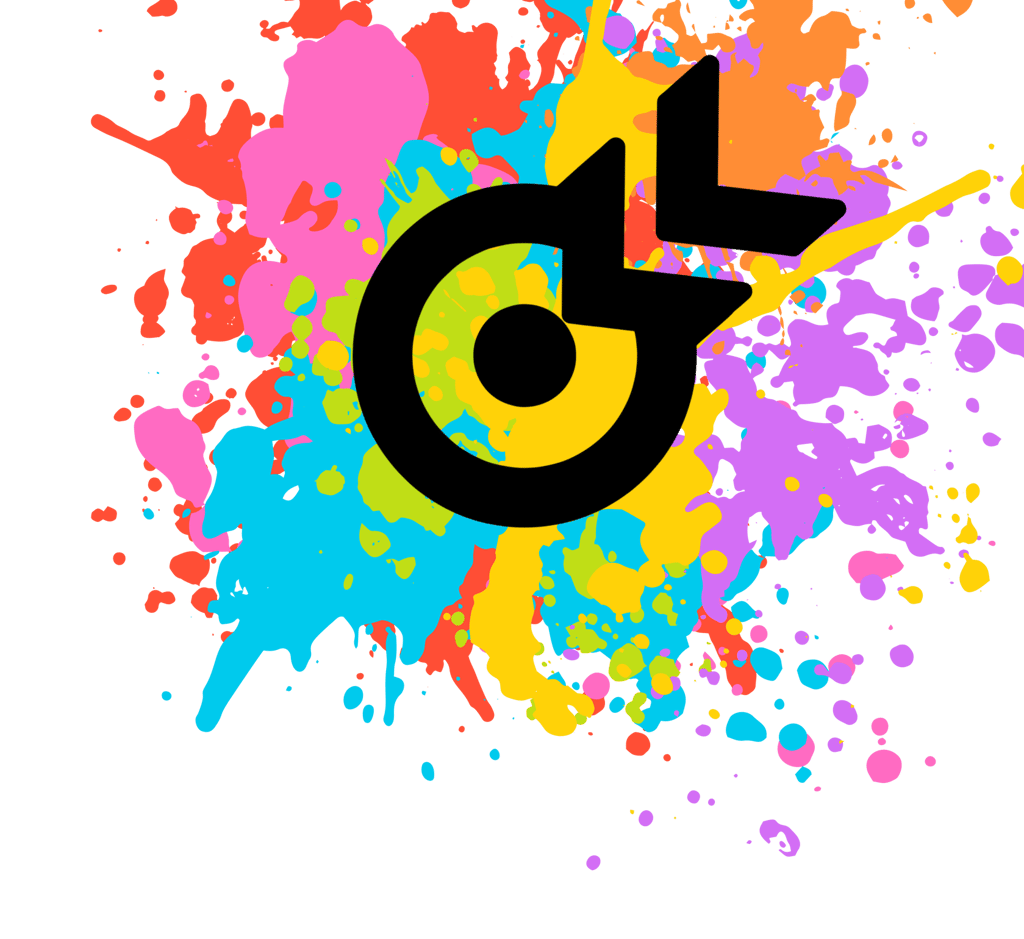The Role of Colors in Human and Child Psychology: Why They Matter in 180days2go and IREADalot
Color plays a profound role in shaping human experiences, influencing everything from emotions to decision-making. While colors might seem like a simple design choice, they hold significant psychological meaning, particularly in child development and learning. In programs like 180days2go and IREADalot, the deliberate use of colors isn’t just aesthetic — it’s a strategic tool to enhance habit formation and cognitive development. Let’s explore how and why the colors in these programs are essential.
Why Color Matters in Psychology
Colors impact our thoughts, feelings, and behaviors in powerful ways. Psychologists have long studied the connection between colors and emotions, revealing that certain hues can evoke specific responses. For example:
Warm colors like red, orange, and yellow tend to elicit feelings of warmth, energy, and enthusiasm.
Cool colors like blue and green are associated with calmness, tranquility, and focus.
Neutral colors like gray, white, and black often reflect balance, simplicity, and clarity.
For children, the impact of colors is even more pronounced. Bright, vibrant shades capture their attention, boost mood, and enhance learning. Understanding the psychology of color helps parents, educators, and program creators choose appropriate colors that support development and positive behaviors.
The Meaning of Colors in the 180days2go Program
In the 180days2go program, each stage of habit formation is marked by a specific color, corresponding to the psychological and emotional shifts that occur throughout the 180-day journey. This structured, color-coded approach helps users stay on track, as each phase is designed to support growth, motivation, and perseverance.
1. Yellow Days (Days 1-18): The Beginning of the Journey
Yellow is known for evoking feelings of happiness, optimism, and mental clarity. At the start of any new habit, it’s crucial to cultivate a sense of excitement and energy. Yellow represents the initial spark of motivation, reminding users that they’re embarking on a fresh, positive journey. For children, yellow stimulates mental activity and helps maintain focus during the challenging first steps.
2. Orange Days (Days 19-66): Building Consistency
Orange combines the physical energy of red with the joy of yellow. It’s a color associated with enthusiasm and determination, perfect for the critical period of building a habit. In this phase, consistency is key, and orange serves as a visual cue to stay energized and focused. It fosters a sense of connection and excitement, which is crucial for keeping users engaged as they progress toward their goals.
3. Green Days (Days 67-101): Growth and Sustenance
Green symbolizes growth, renewal, and harmony. This color is particularly important in the habit-formation process as it represents the phase where the habit begins to take root. Green encourages balance and calmness, helping users stay grounded as they continue their journey. For children, green offers a sense of calm and security, reducing anxiety as they settle into a new routine.
4. Blue Days (Days 102-141): Deepening Focus
Blue is associated with trust, responsibility, and intellectual depth. In the 180days2go program, blue represents a deeper level of focus and introspection. It encourages users to stay disciplined and continue refining their habits. For children, blue promotes concentration and calm, making it ideal for learning environments or activities that require sustained attention.
5. Purple Days (Days 142-180): Reflection and Achievement
Purple is a color often linked with wisdom, creativity, and reflection. As users approach the final stages of their journey, purple encourages reflection on the progress made and the deeper insights gained. It symbolizes the transformation that has occurred over the course of 180 days. For children, purple fosters imagination and creativity, essential for both personal growth and the development of new hobbies.
The Role of Color in the IREADalot Program: How Colors Impact Children’s Learning and Emotions
Color plays a significant role in shaping children's emotions, cognition, and behaviors. In the IREADalot program, the intentional use of color is designed to enhance engagement, motivation, and emotional connection throughout the 180-day reading journey. Each color selected for the program aligns with phases of habit formation and supports the child’s emotional development along the way.
How Colors Influence Children’s Emotions and Learning
Research shows that children are particularly sensitive to colors and their emotional responses to them can influence their mood, attention, and behavior. Studies suggest that children tend to be more attracted to bright, vibrant colors such as red, yellow, and orange, which can evoke excitement and enthusiasm, while cooler colors like blue and green promote calmness and focus. The impact of color on children’s psychological well-being has been a subject of exploration for years, particularly in educational settings.
For example, yellow is often associated with happiness and energy, encouraging optimism and enthusiasm, making it an ideal choice to introduce new concepts or tasks. On the other hand, blue promotes concentration and a sense of calm, supporting focused activities such as reading or learning. Green has been linked to balance and growth, symbolizing positive progress and steady development, which aligns with later stages of learning when children are building deeper understanding and confidence.
The Colors Used in IREADalot
The IREADalot program strategically uses color to mirror the emotional journey of a child throughout the reading program, helping them stay engaged and emotionally connected as they progress through different stages of habit formation.
Yellow Days (Days 1-18)
The early stages of the IREADalot program are infused with yellow — a color associated with joy, creativity, and new beginnings. This initial phase is crucial for sparking a child’s interest in reading and creating a positive association with the habit. Yellow stimulates excitement and curiosity, helping children approach reading with a sense of playfulness.Orange Days (Days 19-66)
Moving into the more consistent practice of daily reading, orange symbolizes the warmth of perseverance and enthusiasm. It is a color that blends the energy of red and the optimism of yellow, creating an environment that fosters sustained motivation. Orange encourages children to push forward even when the novelty of the habit begins to fade, helping them remain engaged and focused on their goals.Green Days (Days 67-101)
Green is the color of growth, balance, and harmony, making it perfect for the middle stage of the program, where reading habits are starting to solidify. Green promotes a sense of calm and focus, helping children settle into their new routine while offering emotional stability and a feeling of achievement. It reflects the natural progression of their learning and provides a sense of reassurance as they continue to develop their reading skills.Blue Days (Days 102-141)
As children deepen their engagement with reading, the program introduces blue, a color associated with trust, serenity, and focus. Blue has a calming effect, allowing children to concentrate more effectively as they engage with more complex texts and reflections. It creates an ideal environment for quiet reading and introspection, supporting the development of deeper understanding and cognitive processing.Purple Days (Days 142-180)
The final phase of the IREADalot program is marked by purple, symbolizing wisdom, creativity, and reflection. At this point, children have built a solid reading habit and can reflect on their progress with a sense of accomplishment. Purple fosters creativity and imagination, encouraging children to think critically about what they have read and to express their thoughts in more meaningful ways.
Research on Color and Child Psychology
Multiple studies support the idea that color has a profound impact on children's psychological and emotional development. For instance, research published in the Journal of Environmental Psychology suggests that colors can influence cognitive performance and emotional responses in children, making color selection a key factor in educational and learning environments. Additionally, color has been shown to affect mood and concentration levels, making it a vital consideration in programs aimed at habit formation and learning .
By using colors that align with children’s emotional states at each stage of their reading journey, IREADalot creates an environment that is both stimulating and supportive. This thoughtful use of color makes it easier for children to remain engaged, positive, and focused as they build long-lasting reading habits.
Conclusion: Colors That Nurture Growth
Colors are not just aesthetic elements — they are essential tools in shaping emotional and cognitive experiences, particularly for children. In the IREADalot program, color psychology is harnessed to support children through the emotional highs and lows of building a reading habit. By considering the emotional impact of each color, the program ensures that children feel motivated, calm, and engaged at every step of their journey.
How do colors influence your child's learning environment at home? Share your thoughts in the comments below on how you use color to create positive experiences for your family!


